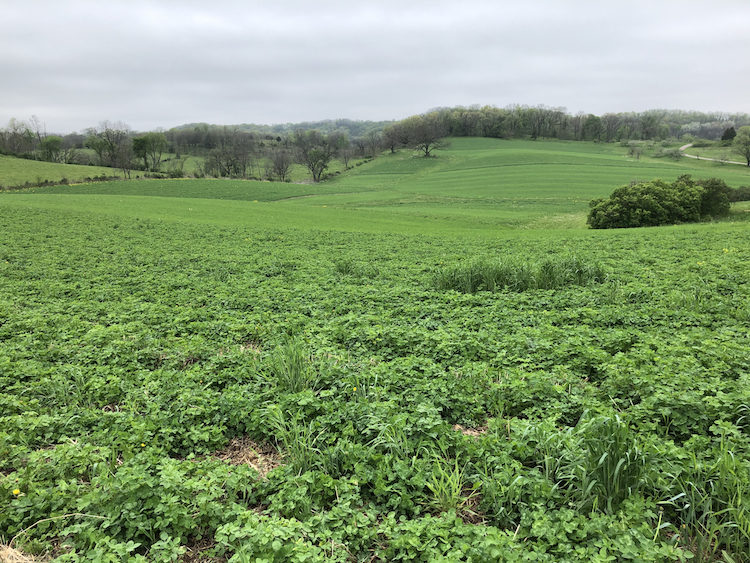No-Till Farmer
Get full access NOW to the most comprehensive, powerful and easy-to-use online resource for no-tillage practices. Just one good idea will pay for your subscription hundreds of times over.

As a No-Tiller, do you know how much value — if any — no-till practices bring to your land? In terms of actual dollars, what is the value of increasing soil organic matter, improving water infiltration or installing drain tile? And are these factors top of mind when purchasing or renting land?
While many no-tillers understand their farming practices improve the quality of the land, that message hasn’t necessarily reached the lenders, landlords and appraisers that are involved in land transactions, says Wolford, N.D., no-tiller Paul Overby. Even some no-tillers, despite believing in the benefits of improved soil health, are unwilling to pay more for land with a higher soil organic matter (SOM), Overby says.
In recent research Overby did for his Masters of Sustainable Management program at the University of Wisconsin, he asked farmers — a mix of no-tillers, conventional farmers and those who use a range of practices described as “reduced tillage” — how much extra they’d pay to rent land with 5% SOM instead of 3% SOM.
“I wanted to find out if farmers recognized the value of no-till, and if that would encourage them to switch to no-till from conventional,” he says. “In addition, there’s a real need to get absentee landlords on board with conservation practices. I want to be able to show them that farmers who practice conservation on rented land are increasing the landowner’s long-term rental income potential and net worth.”
Eye-Opening Results. The response from the 145 farmers who took the survey…